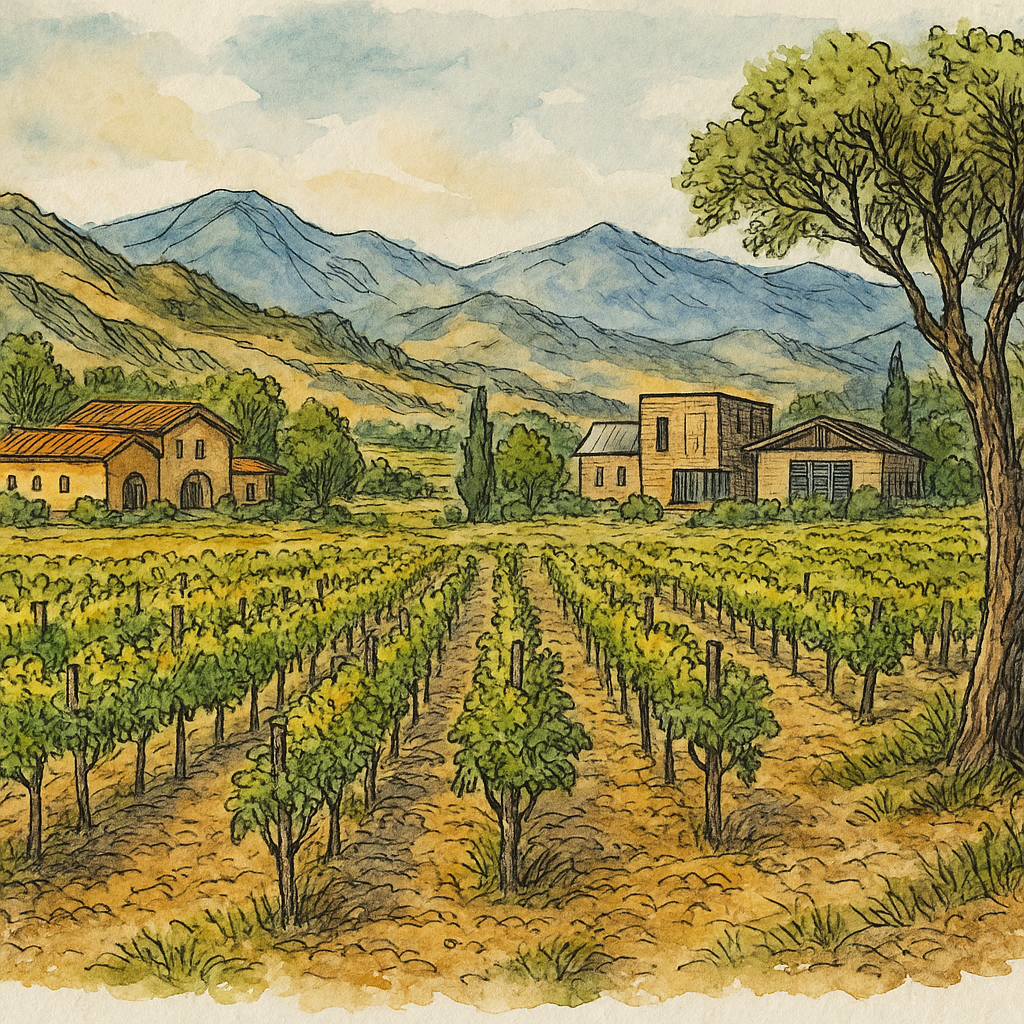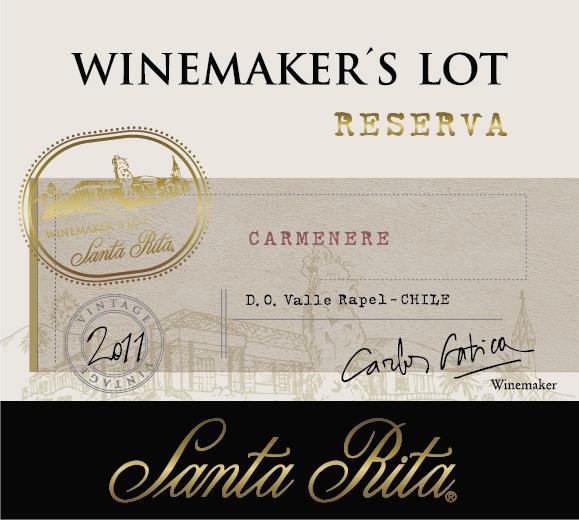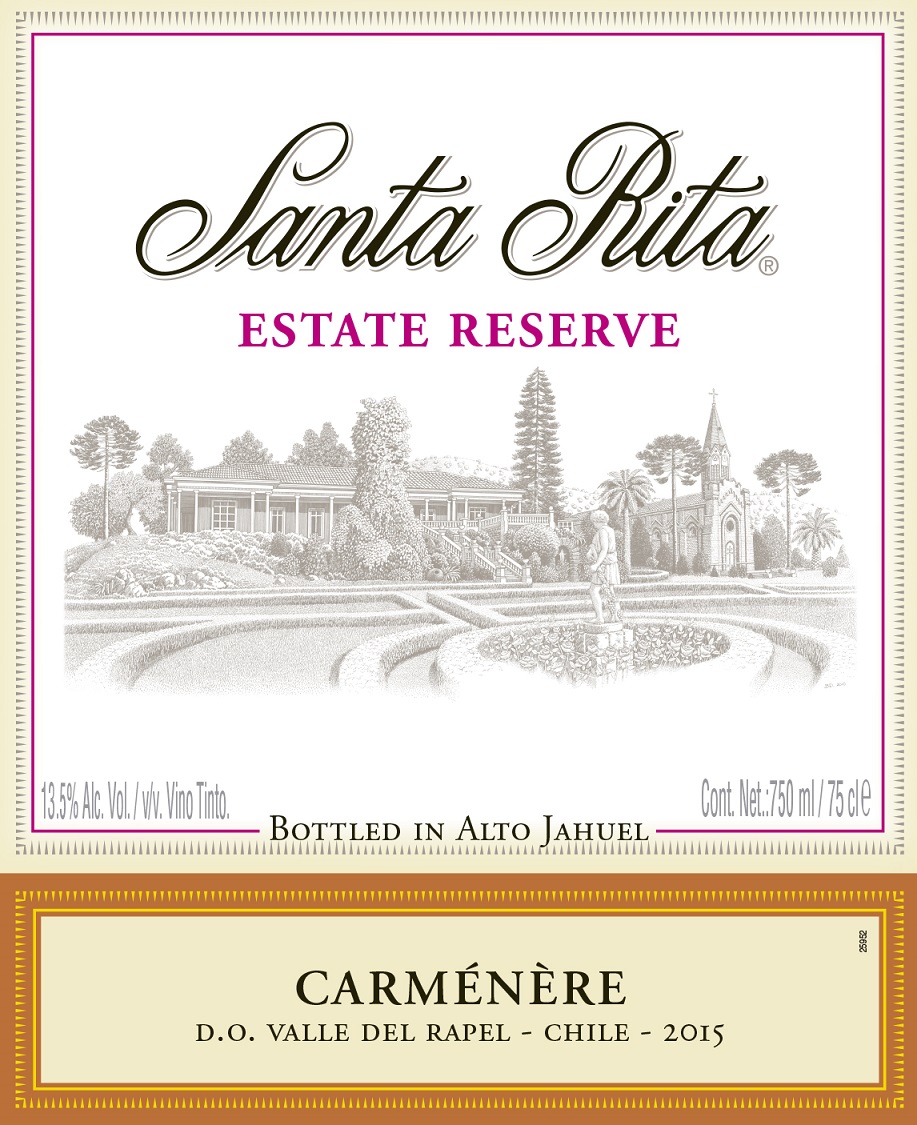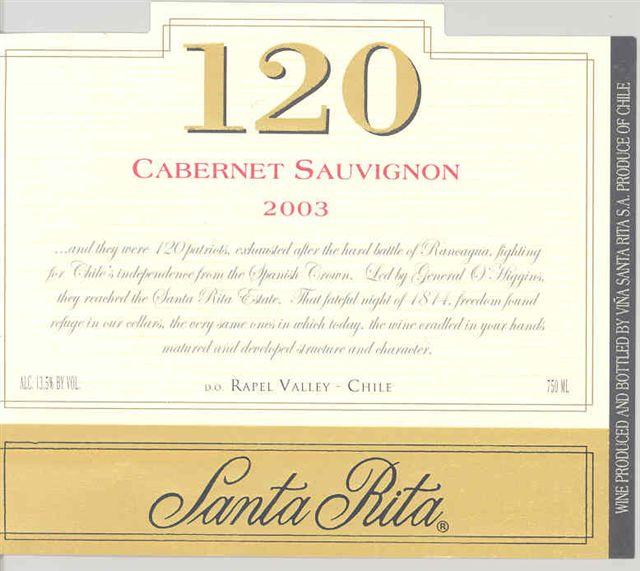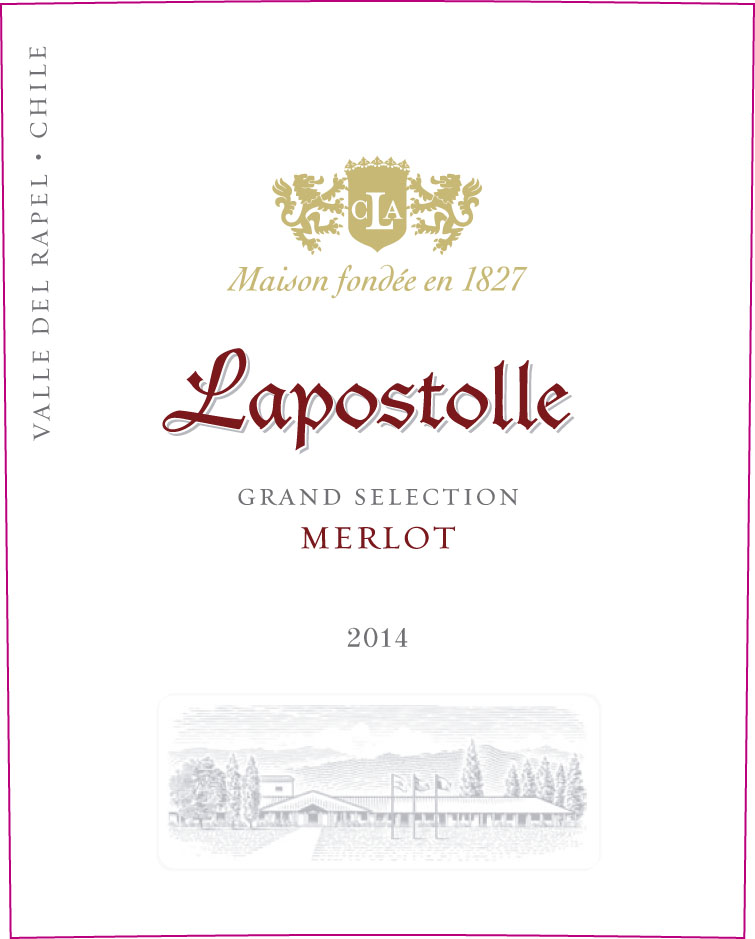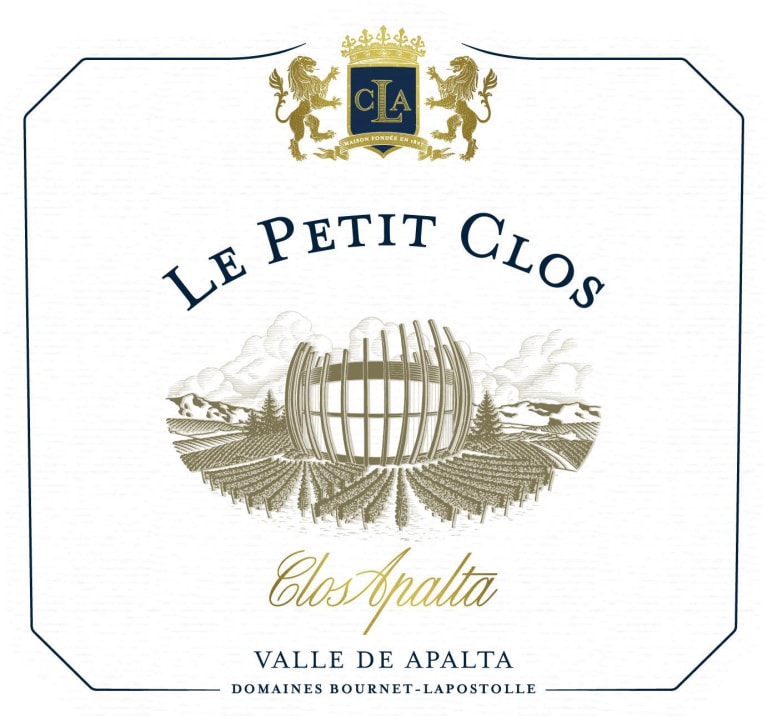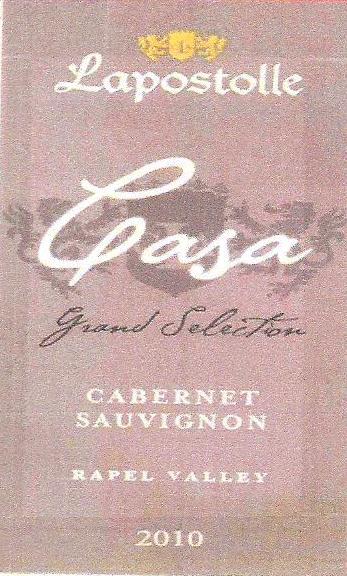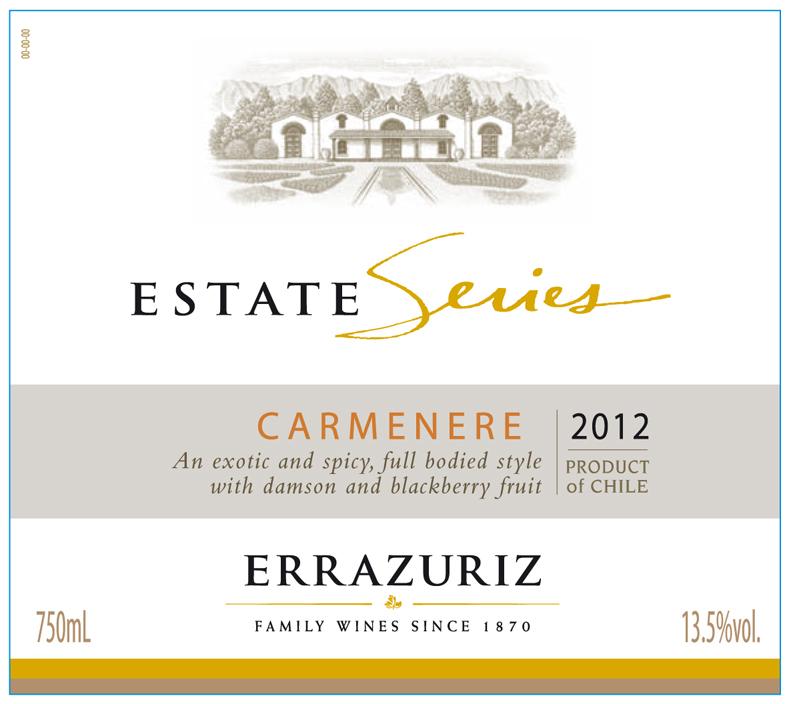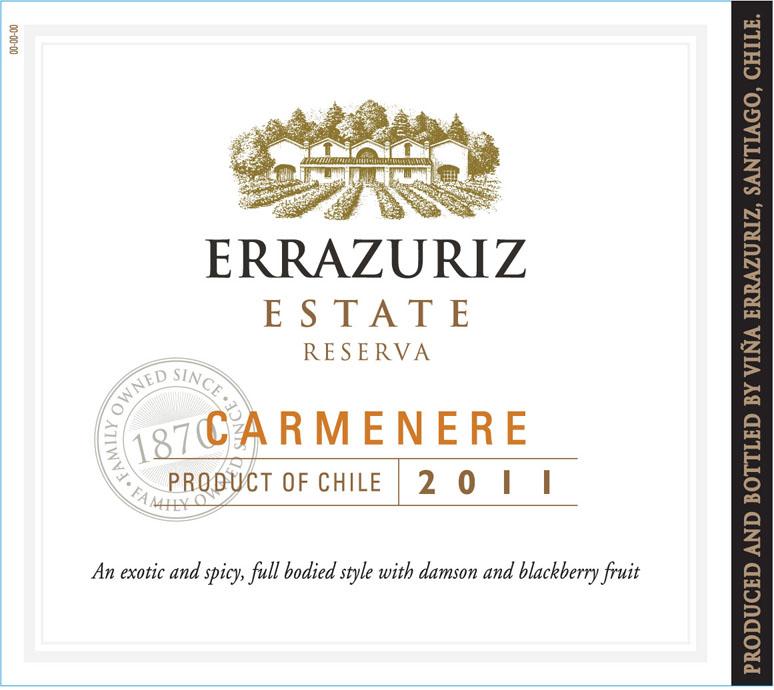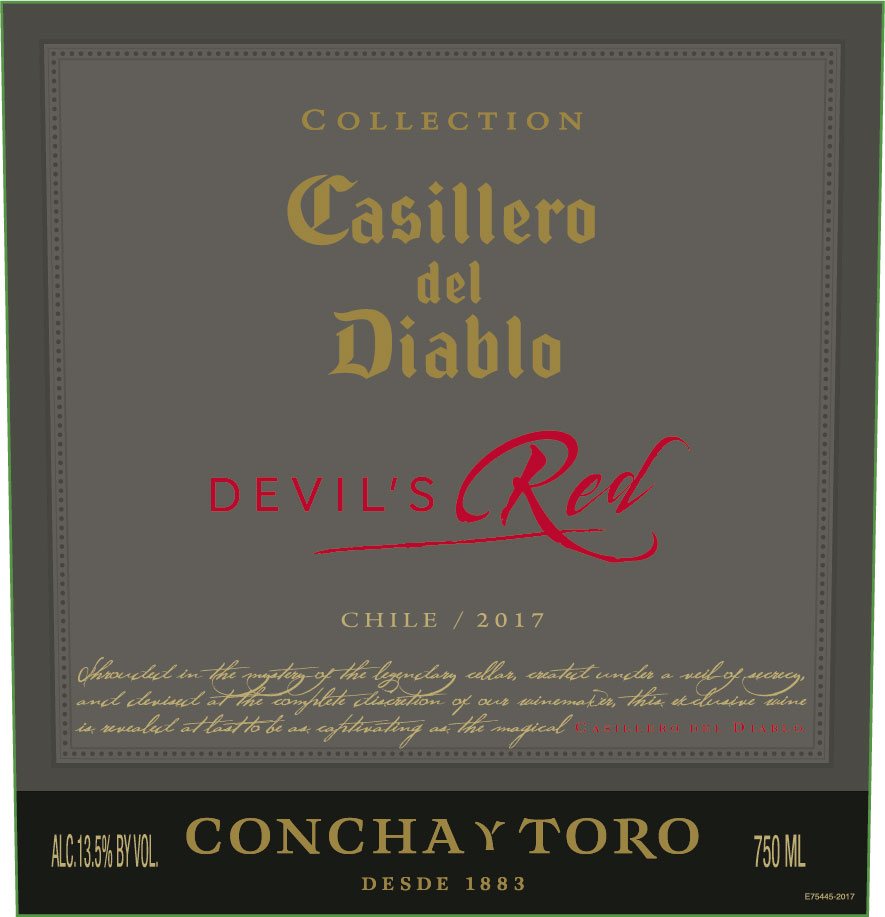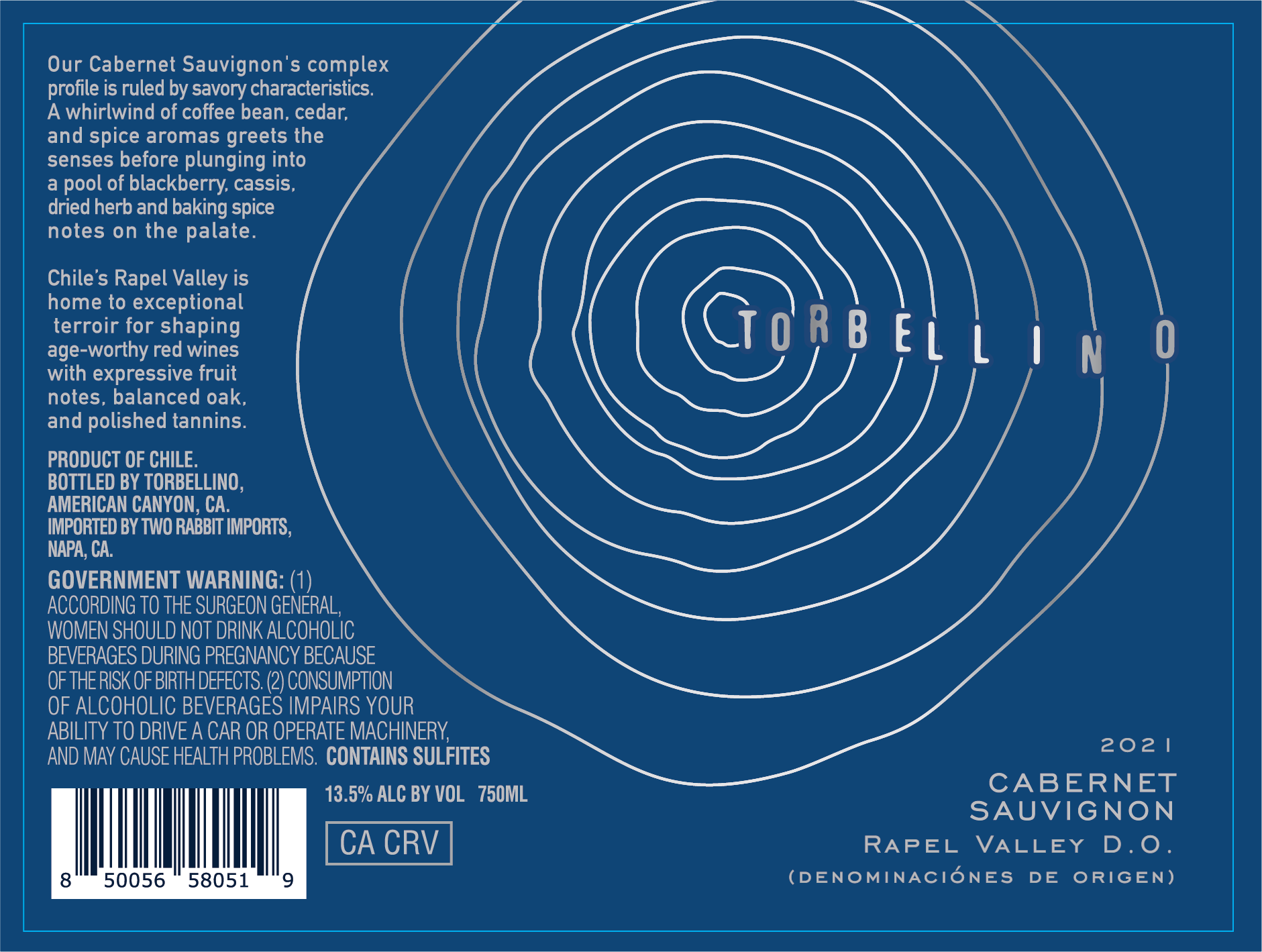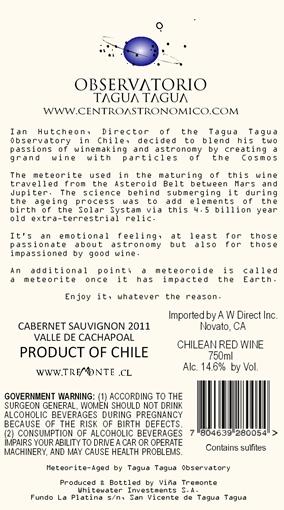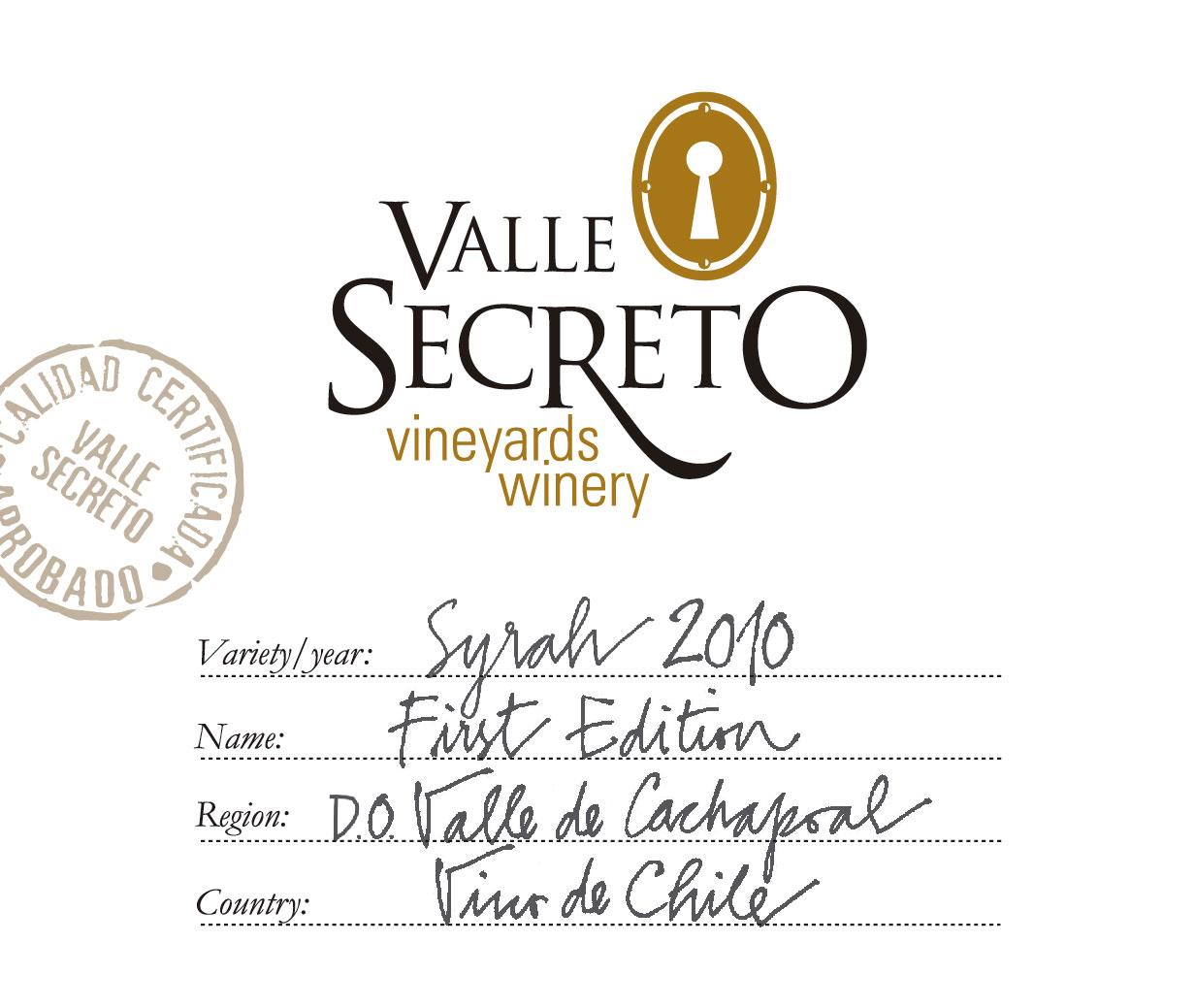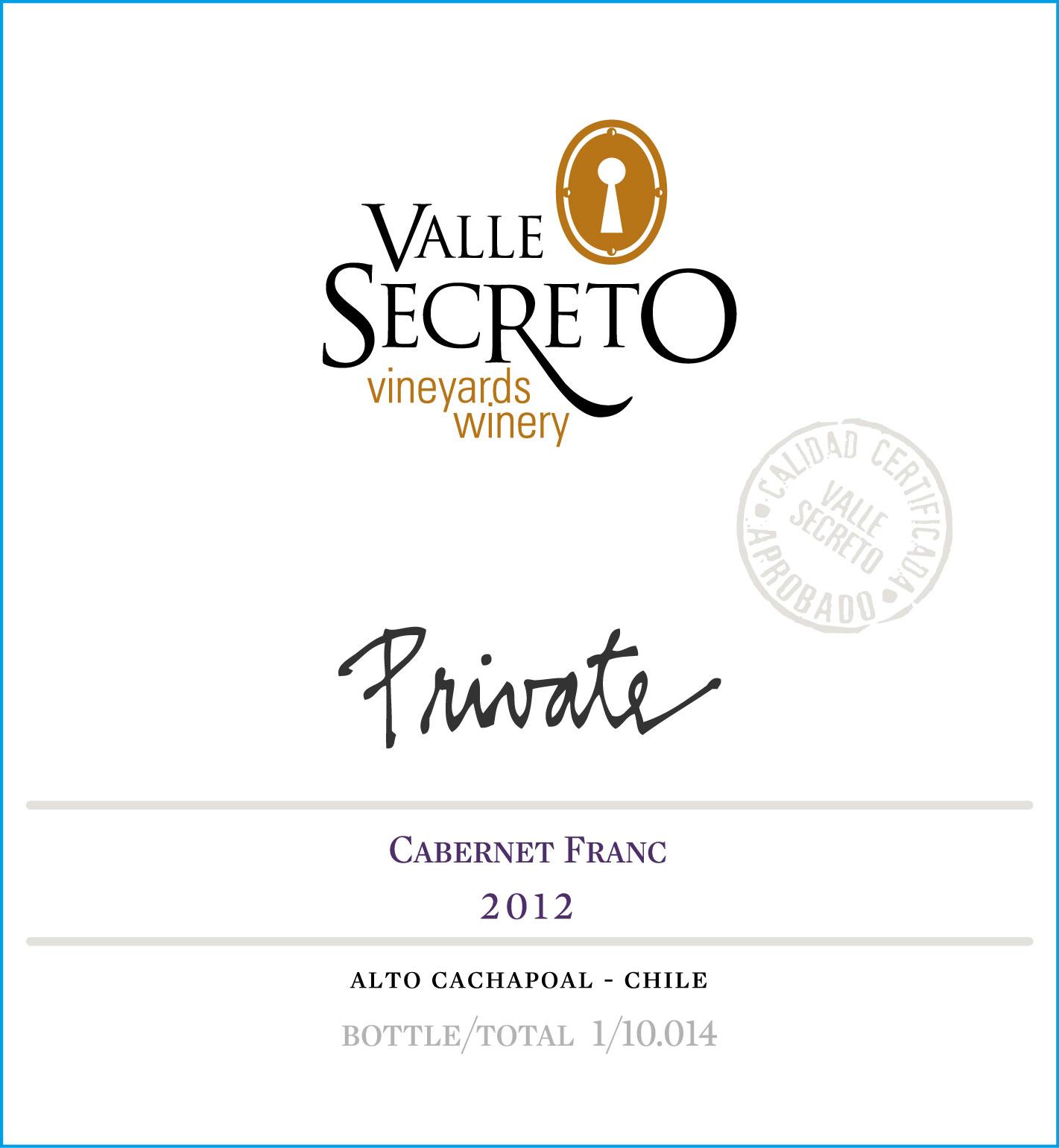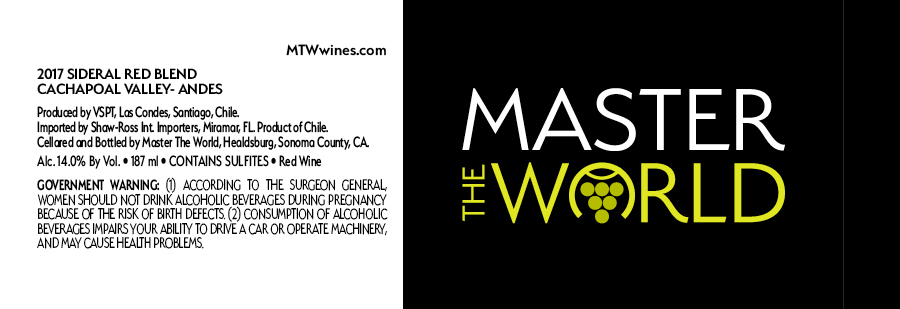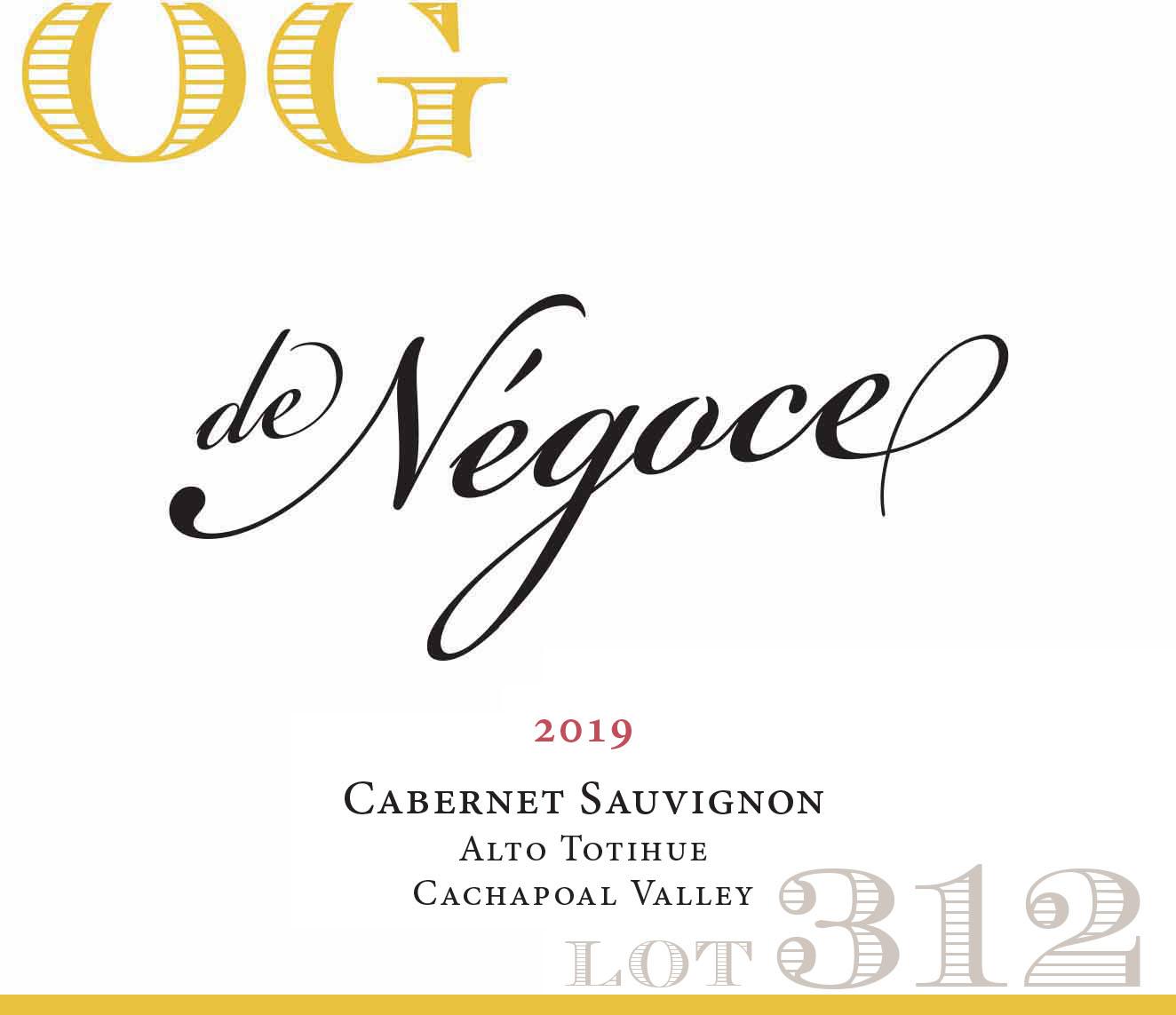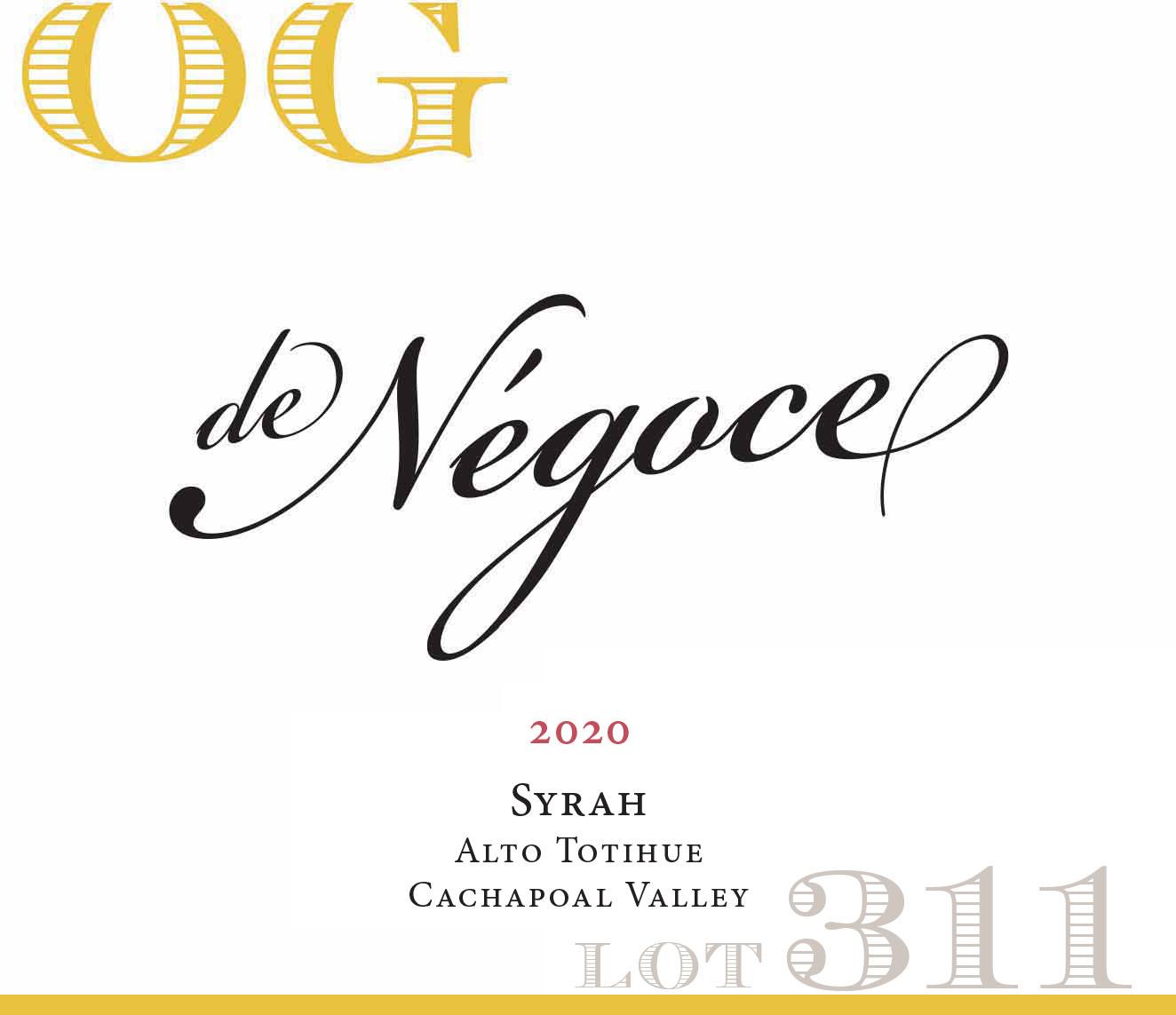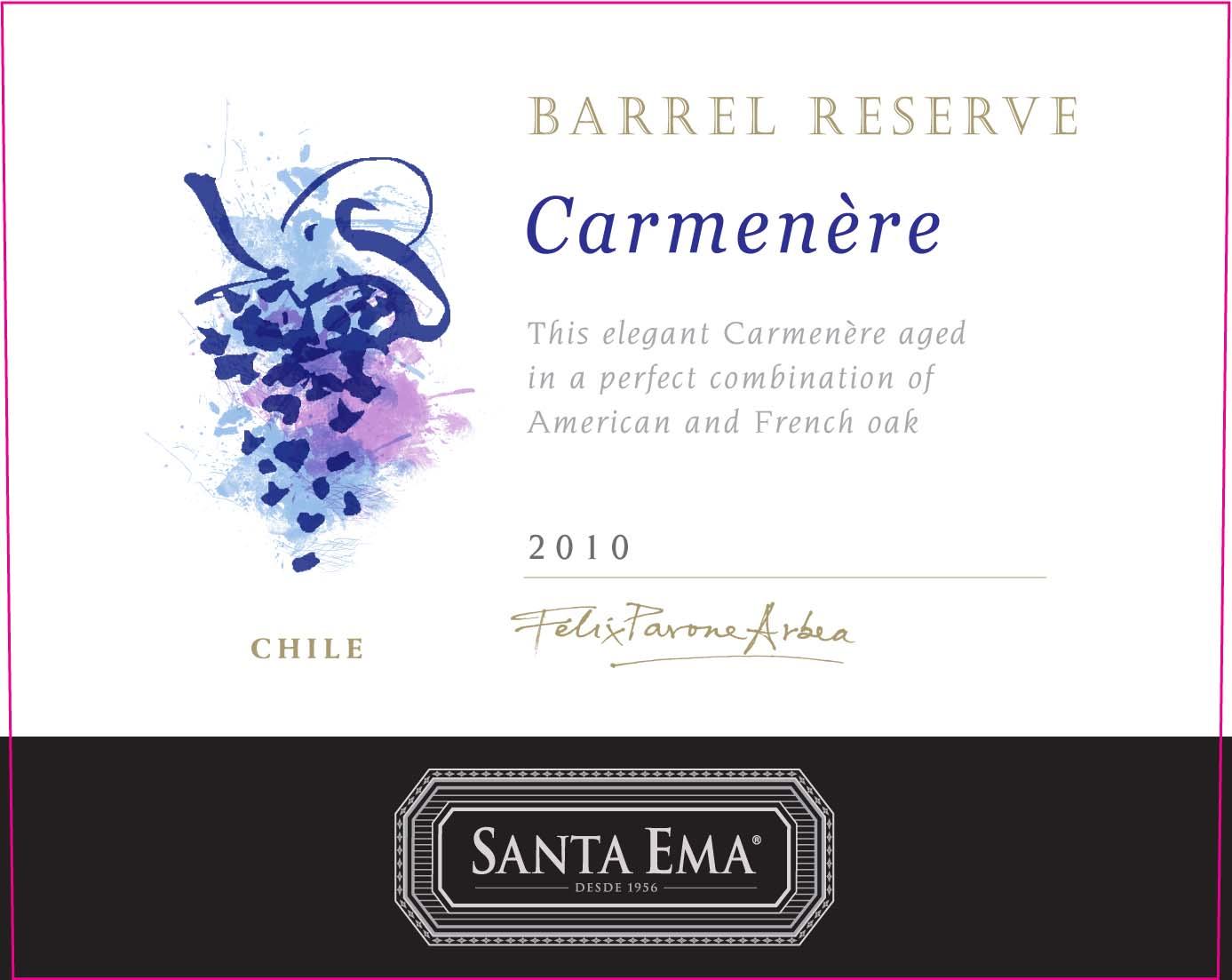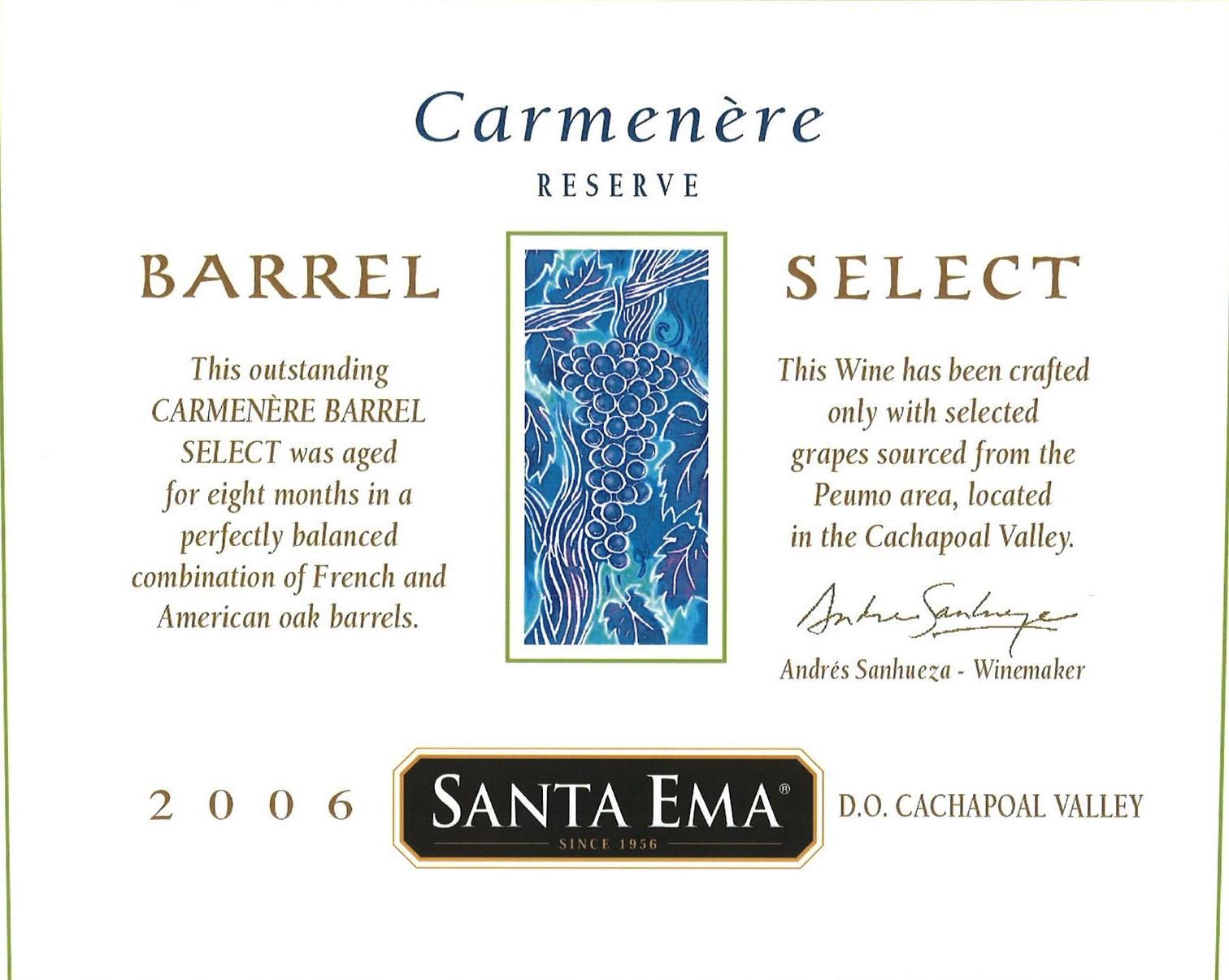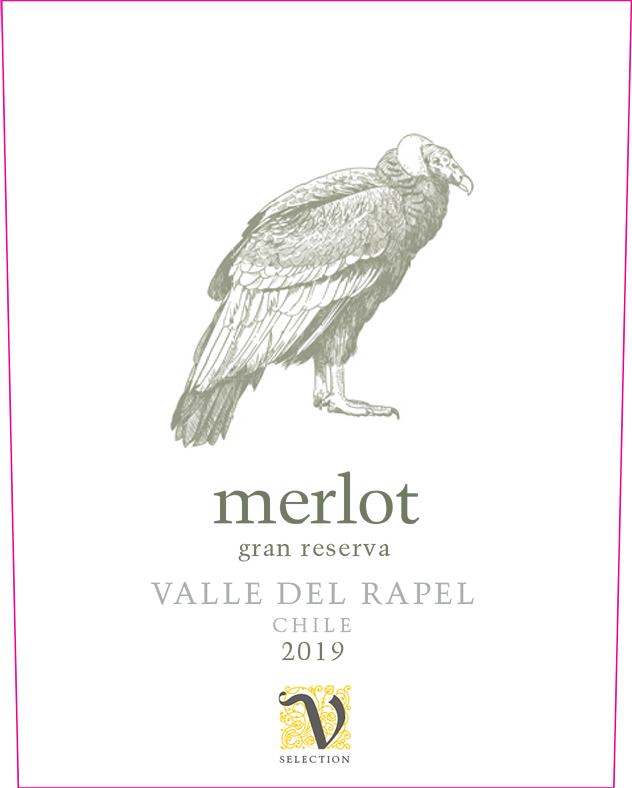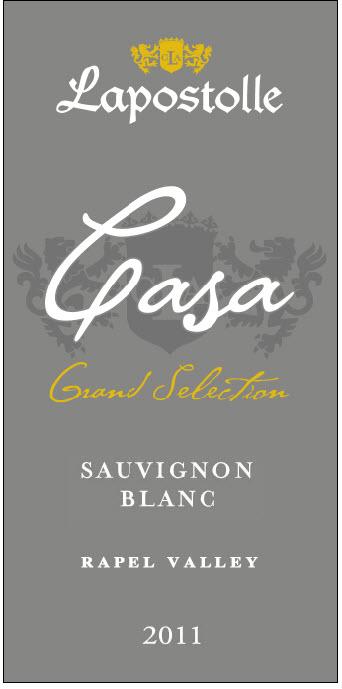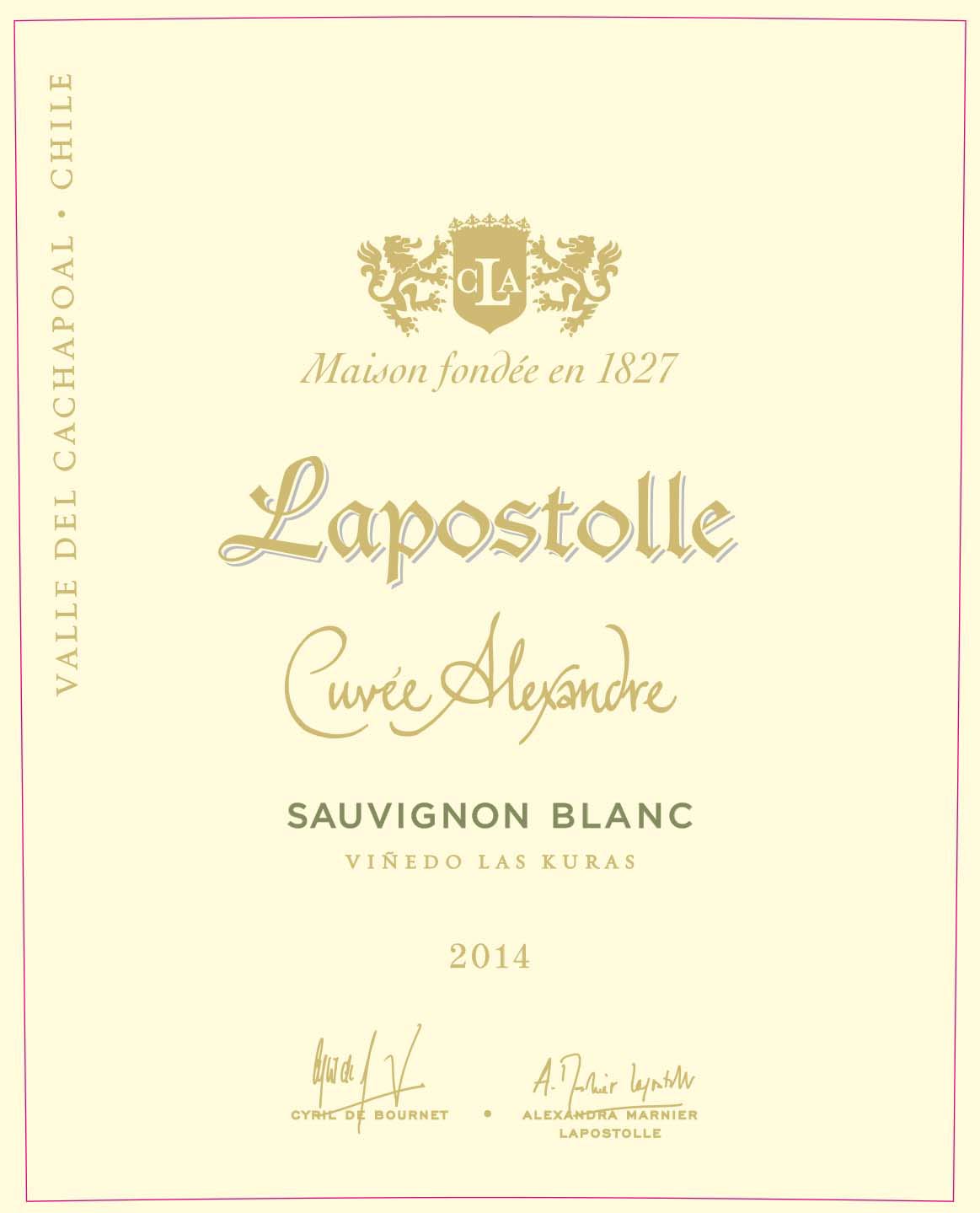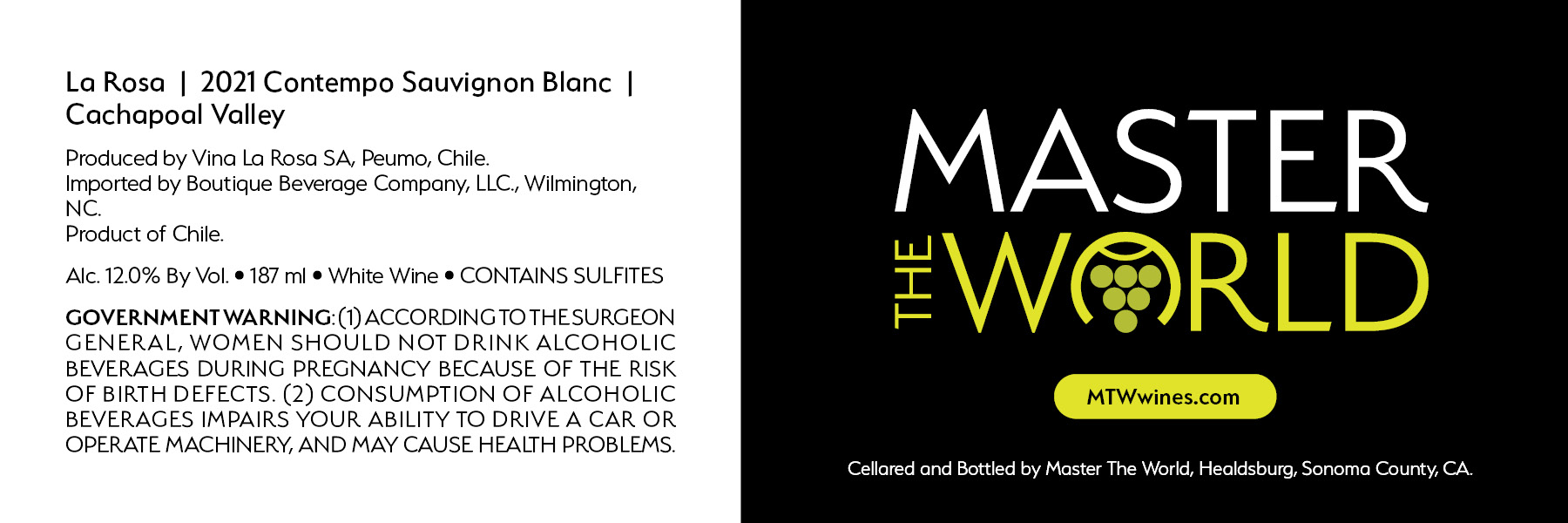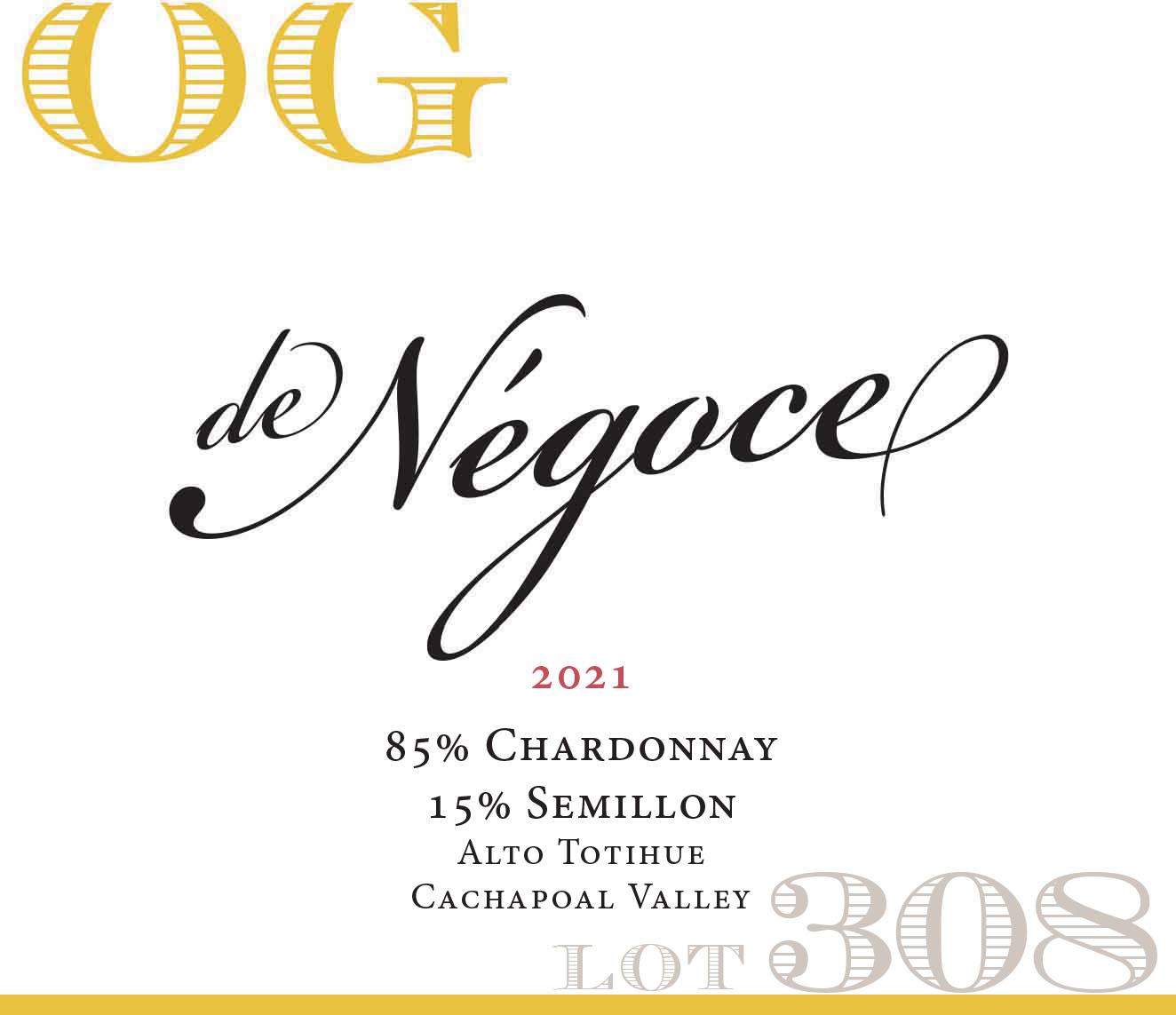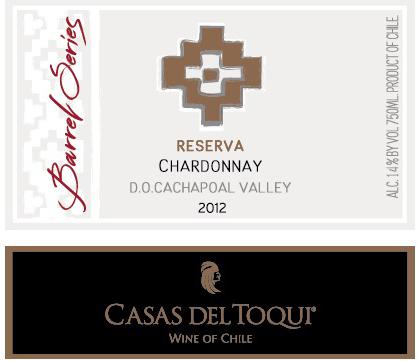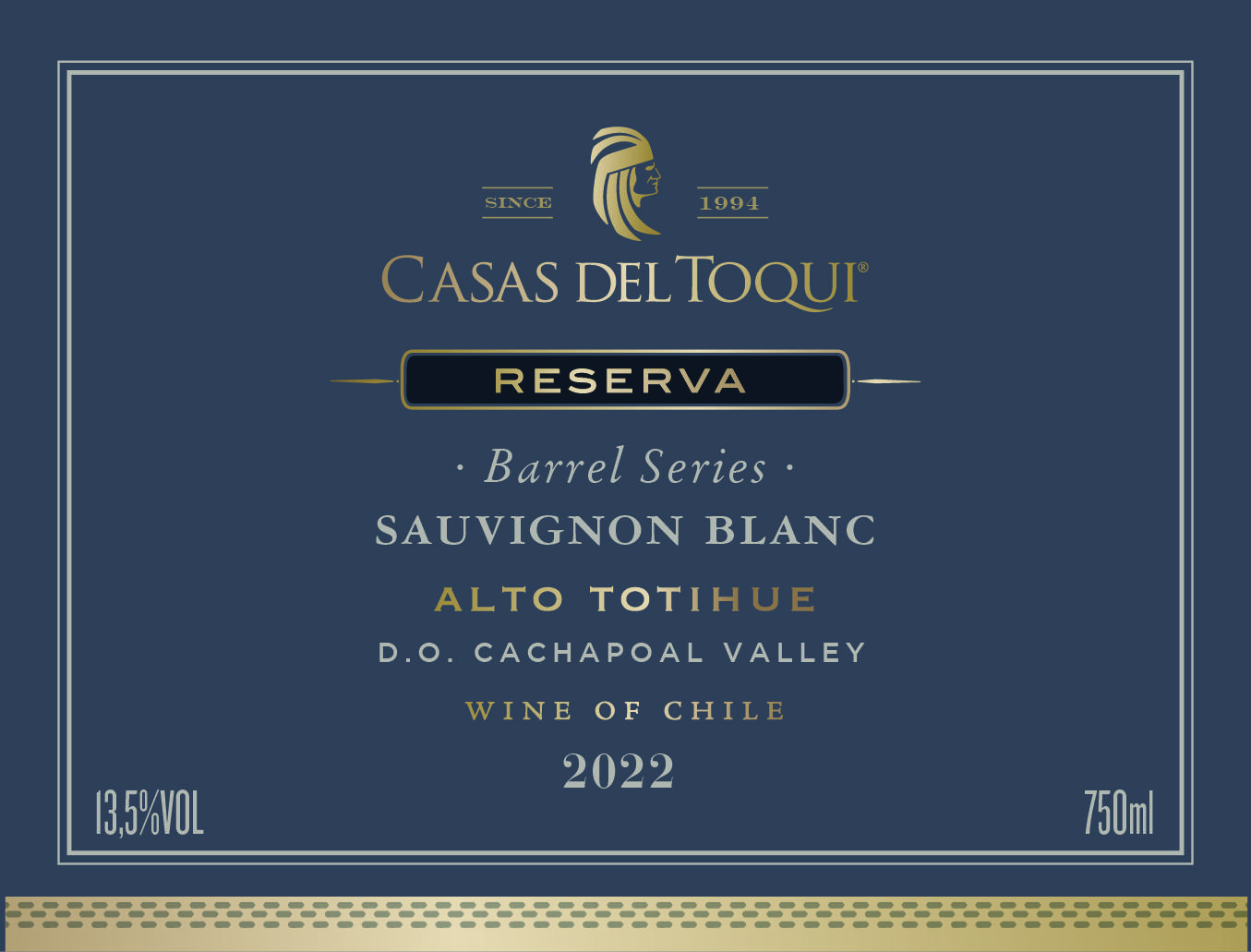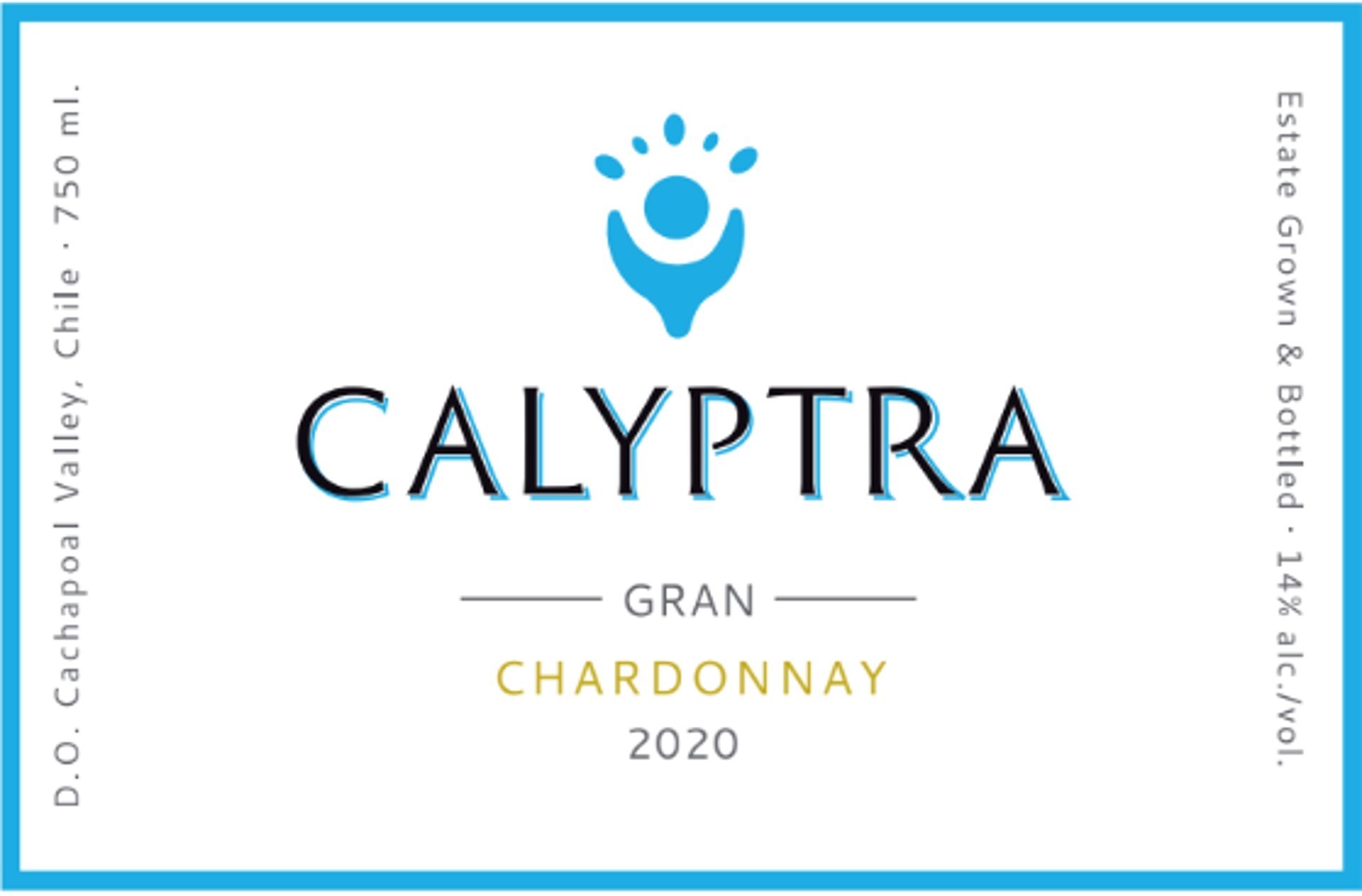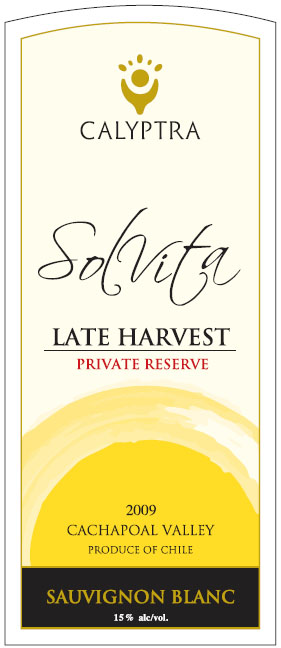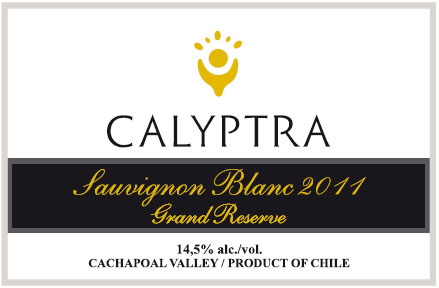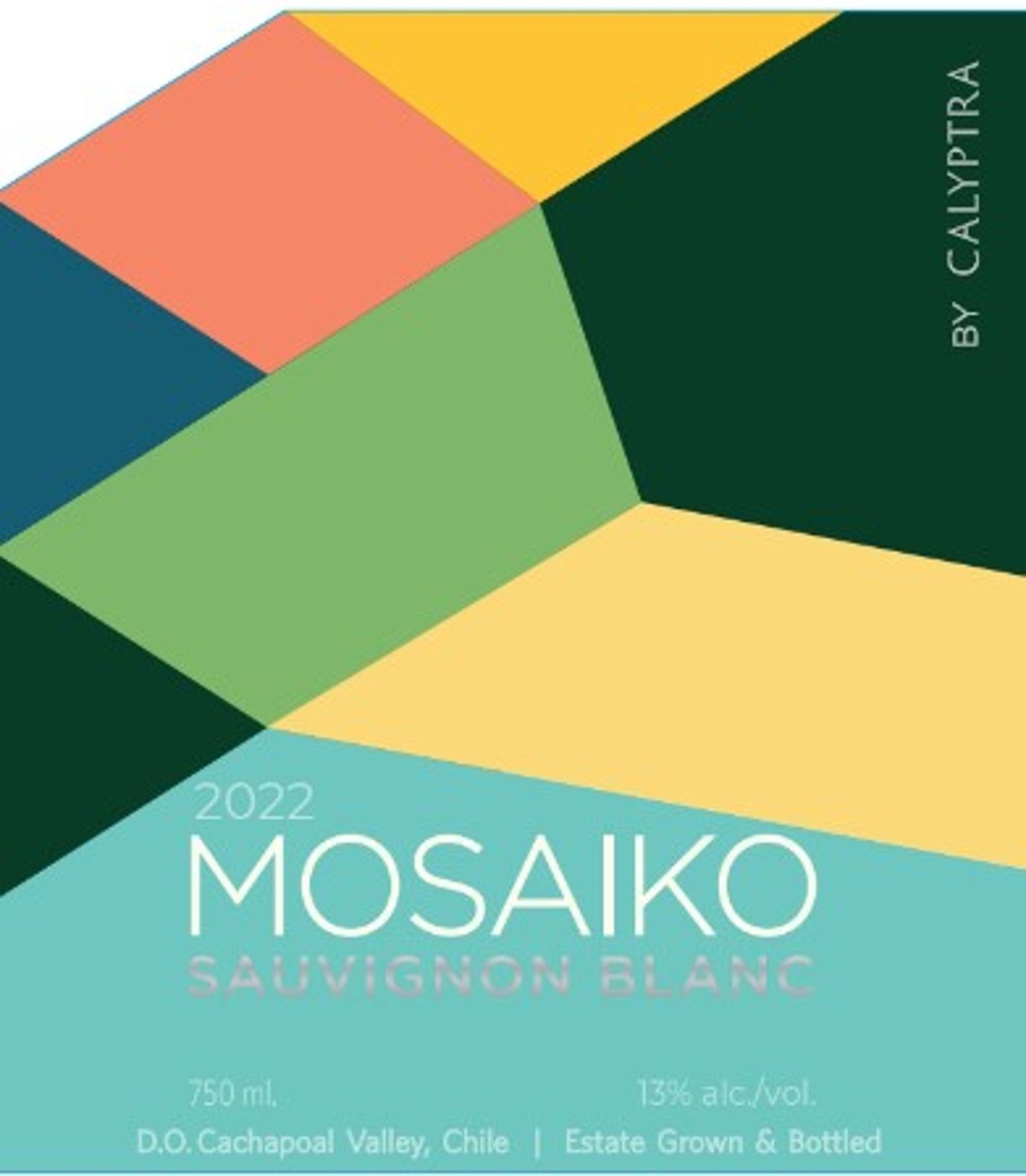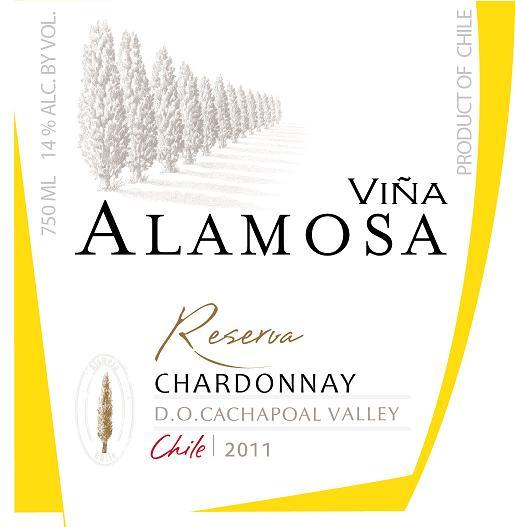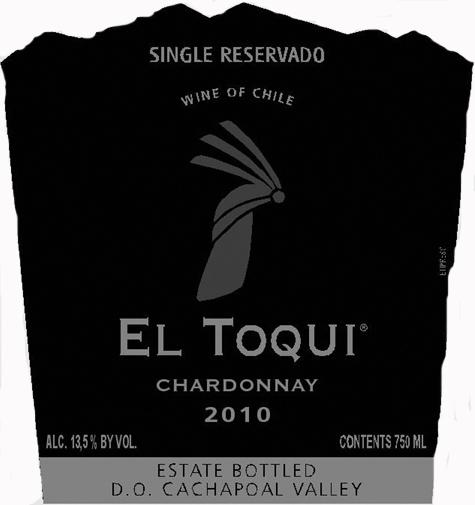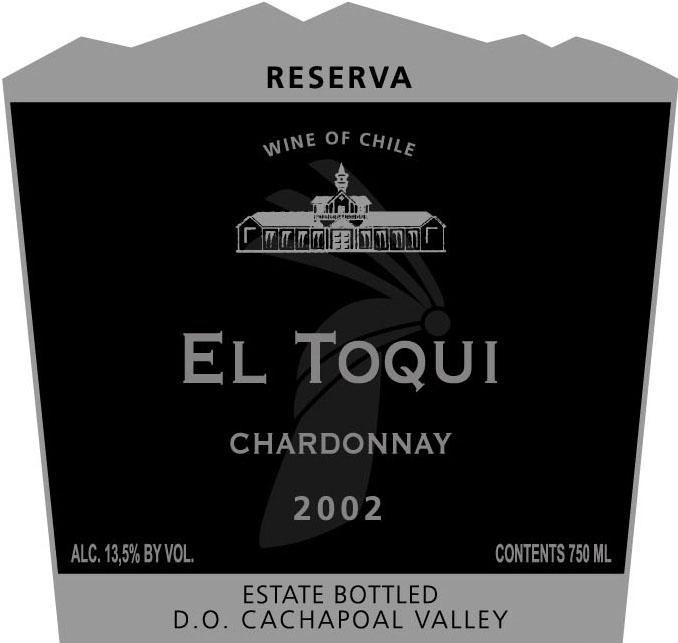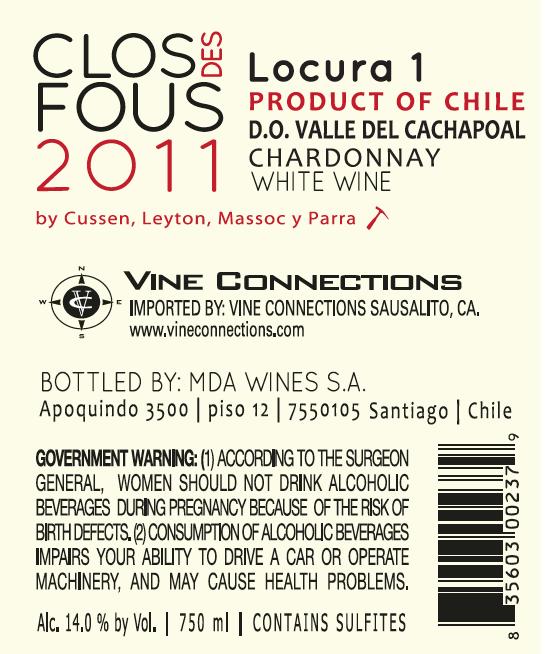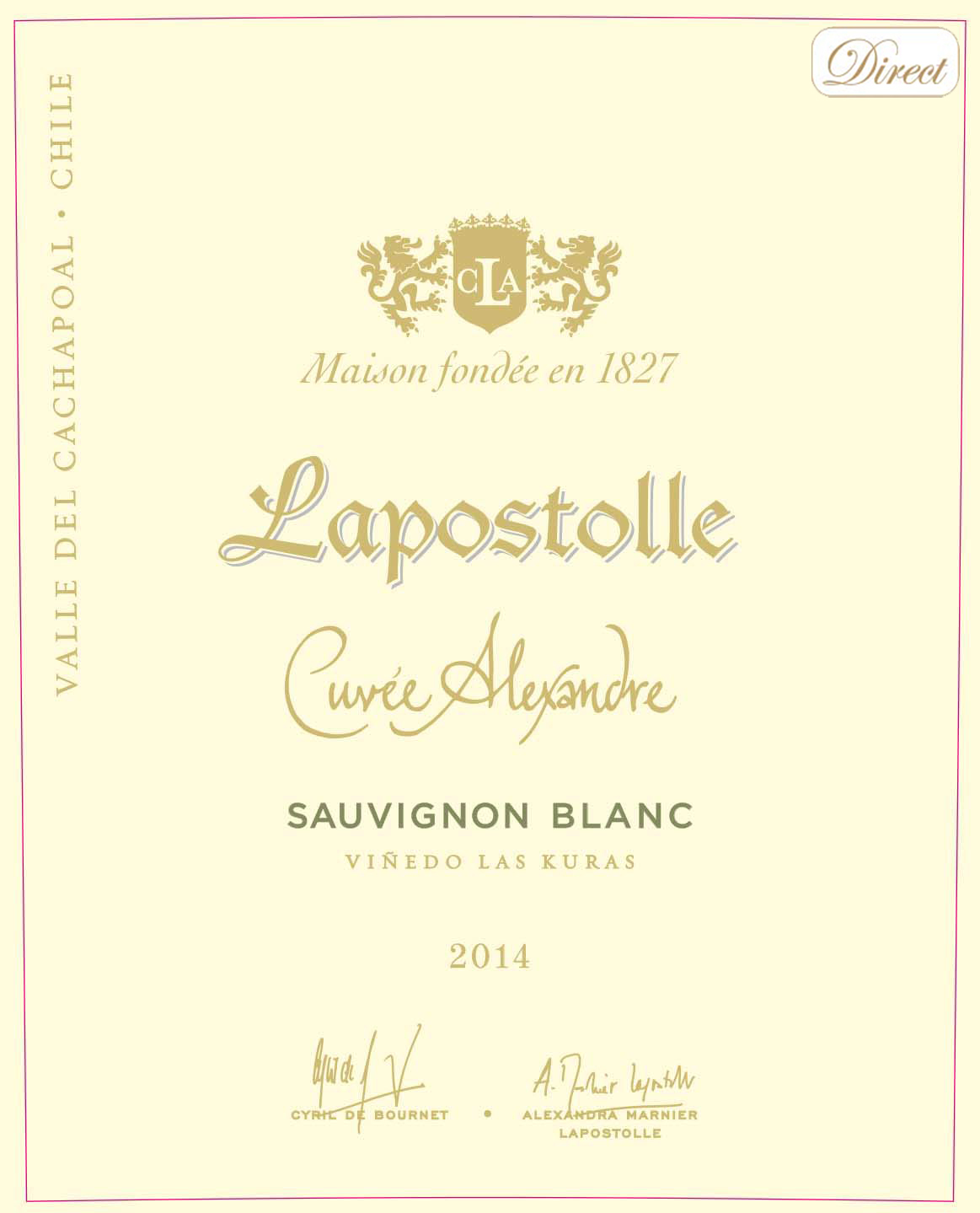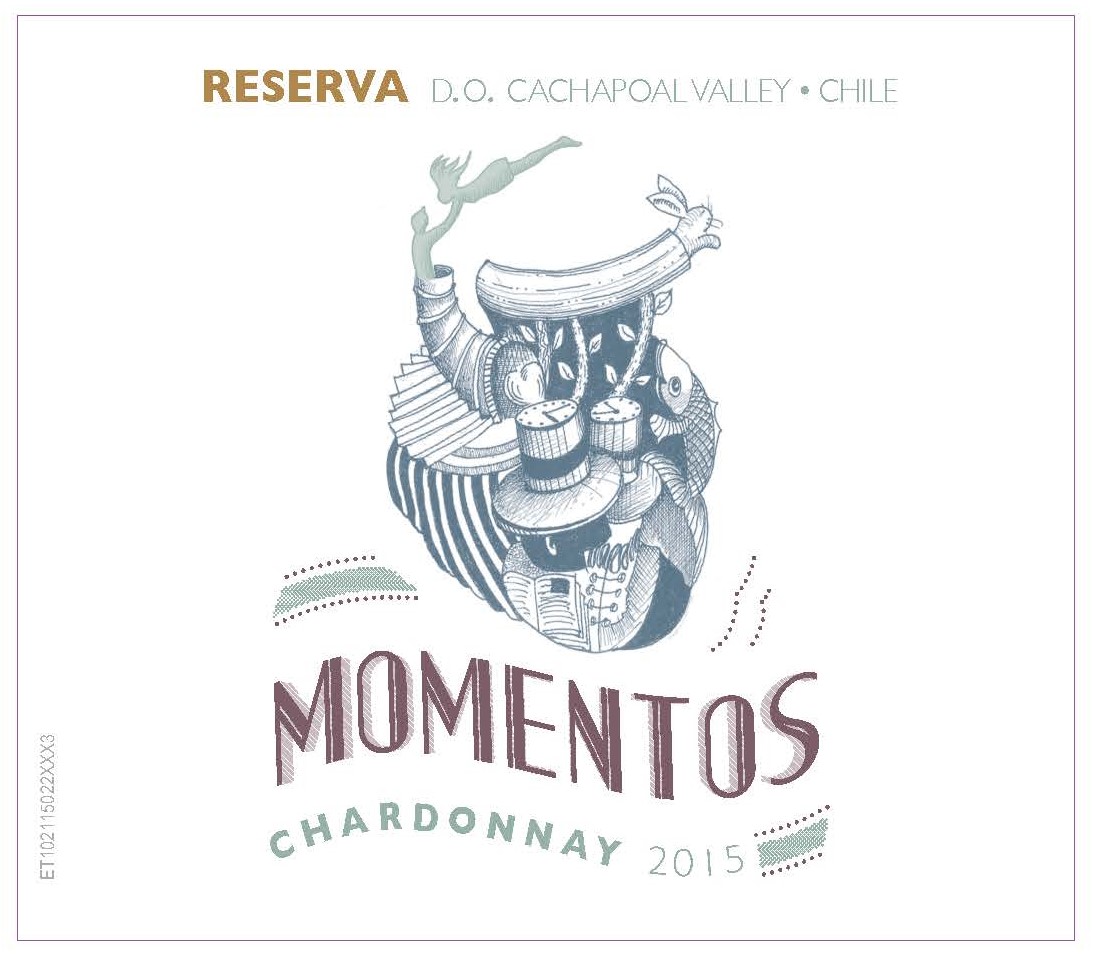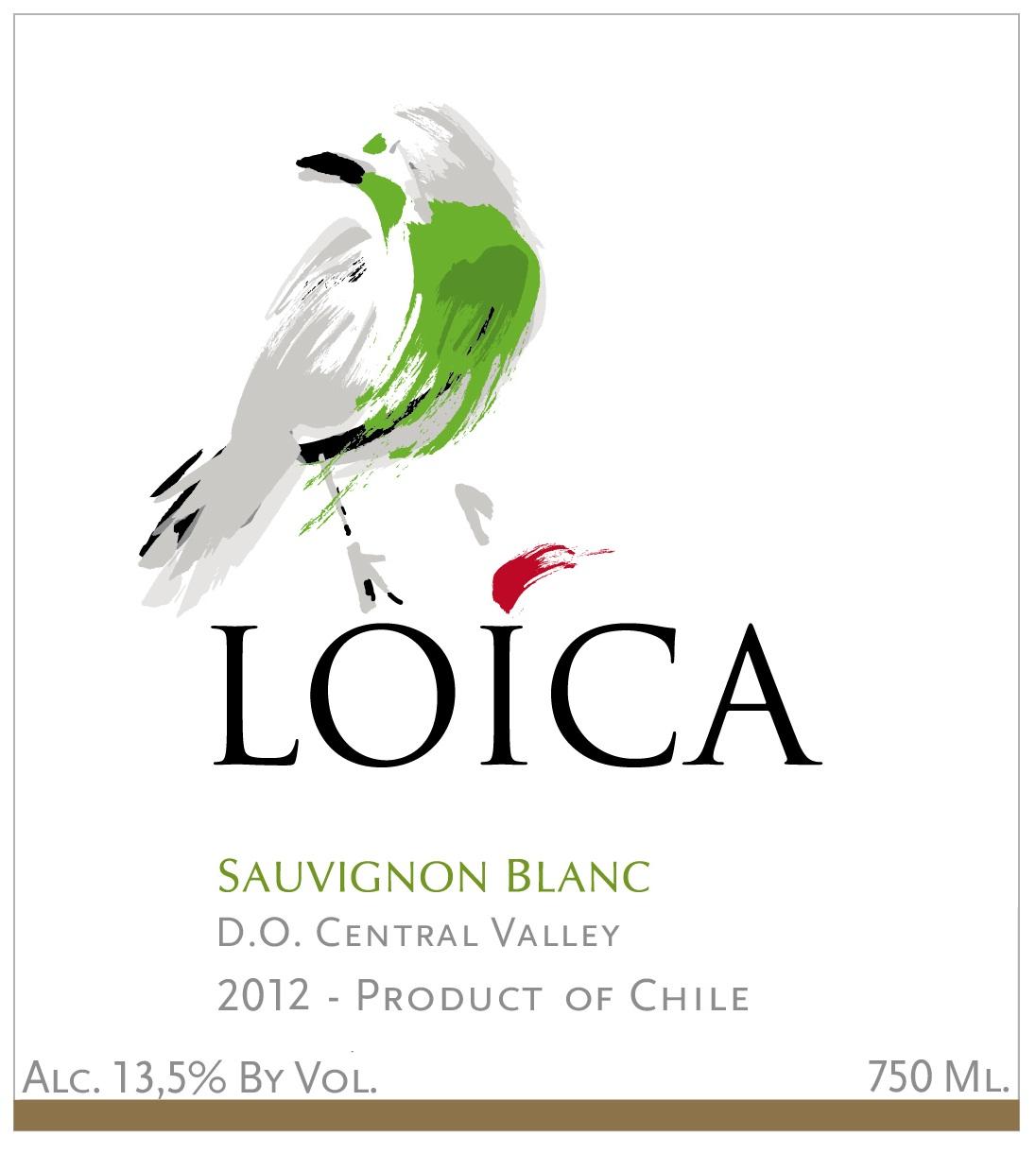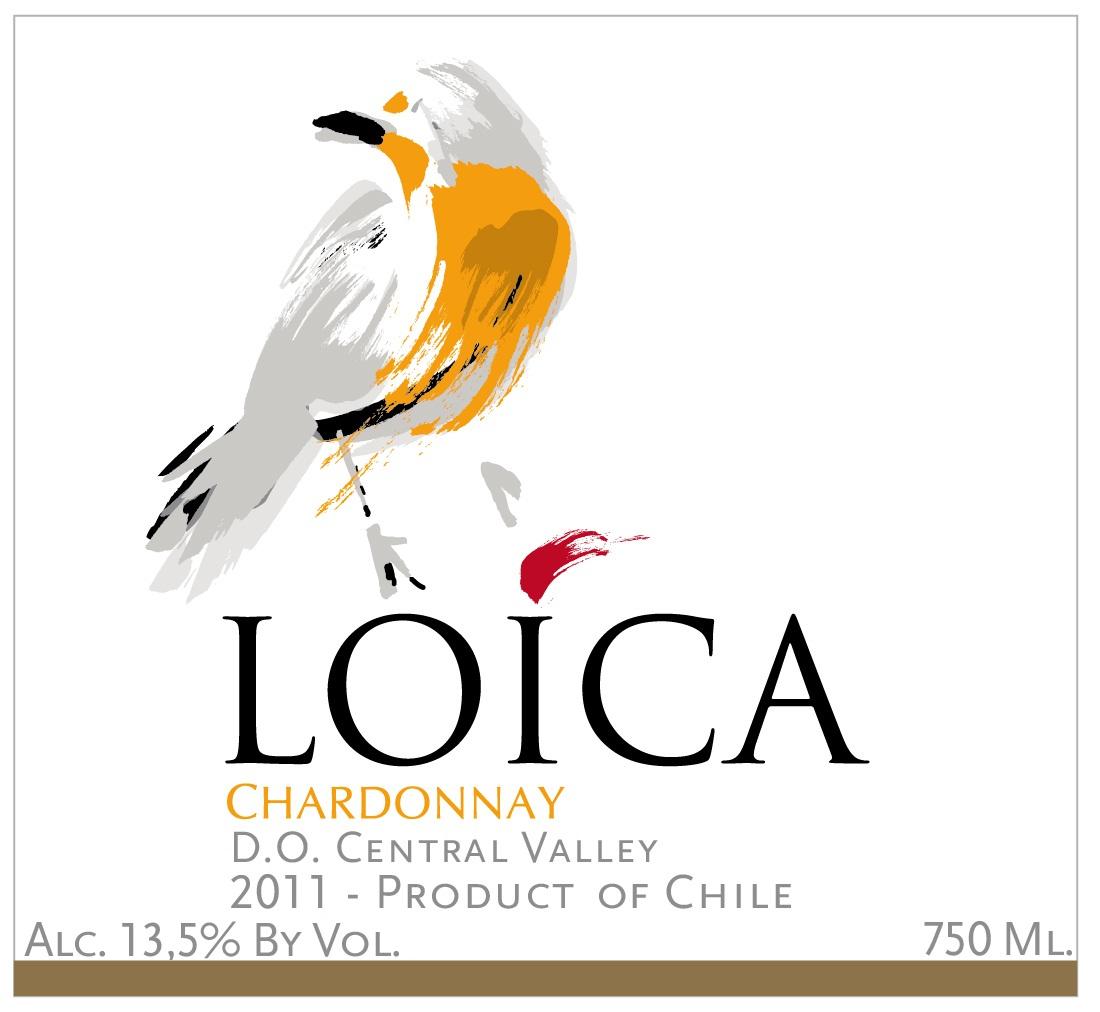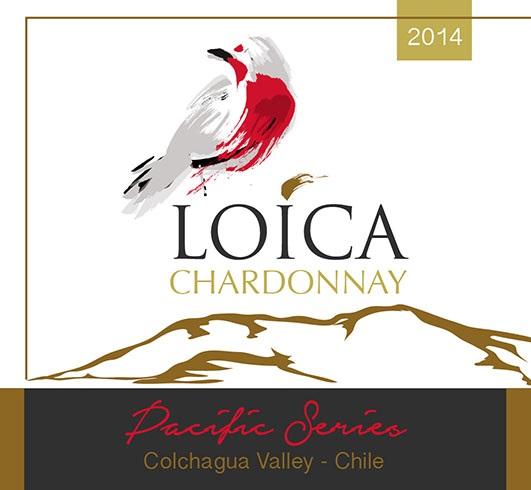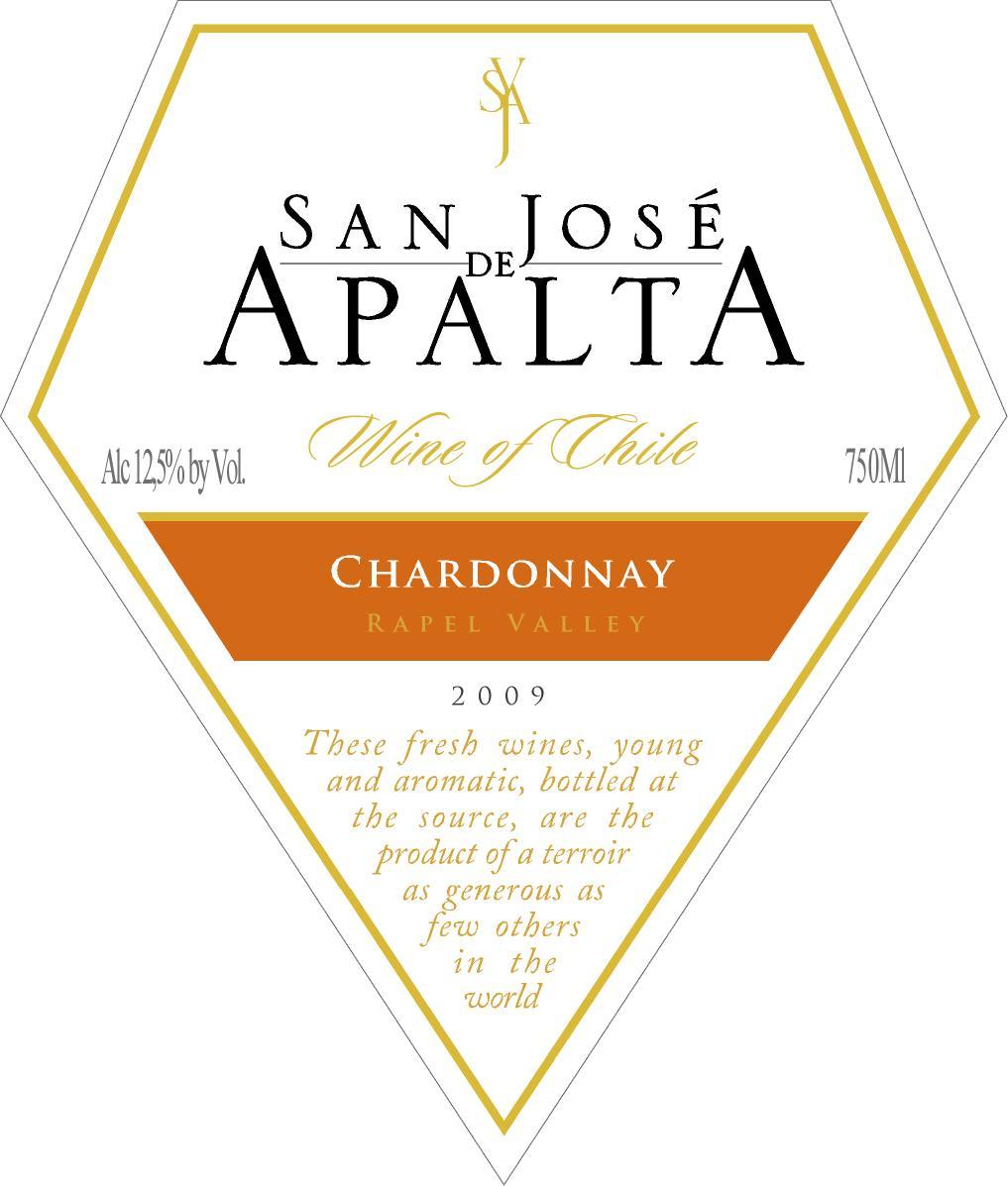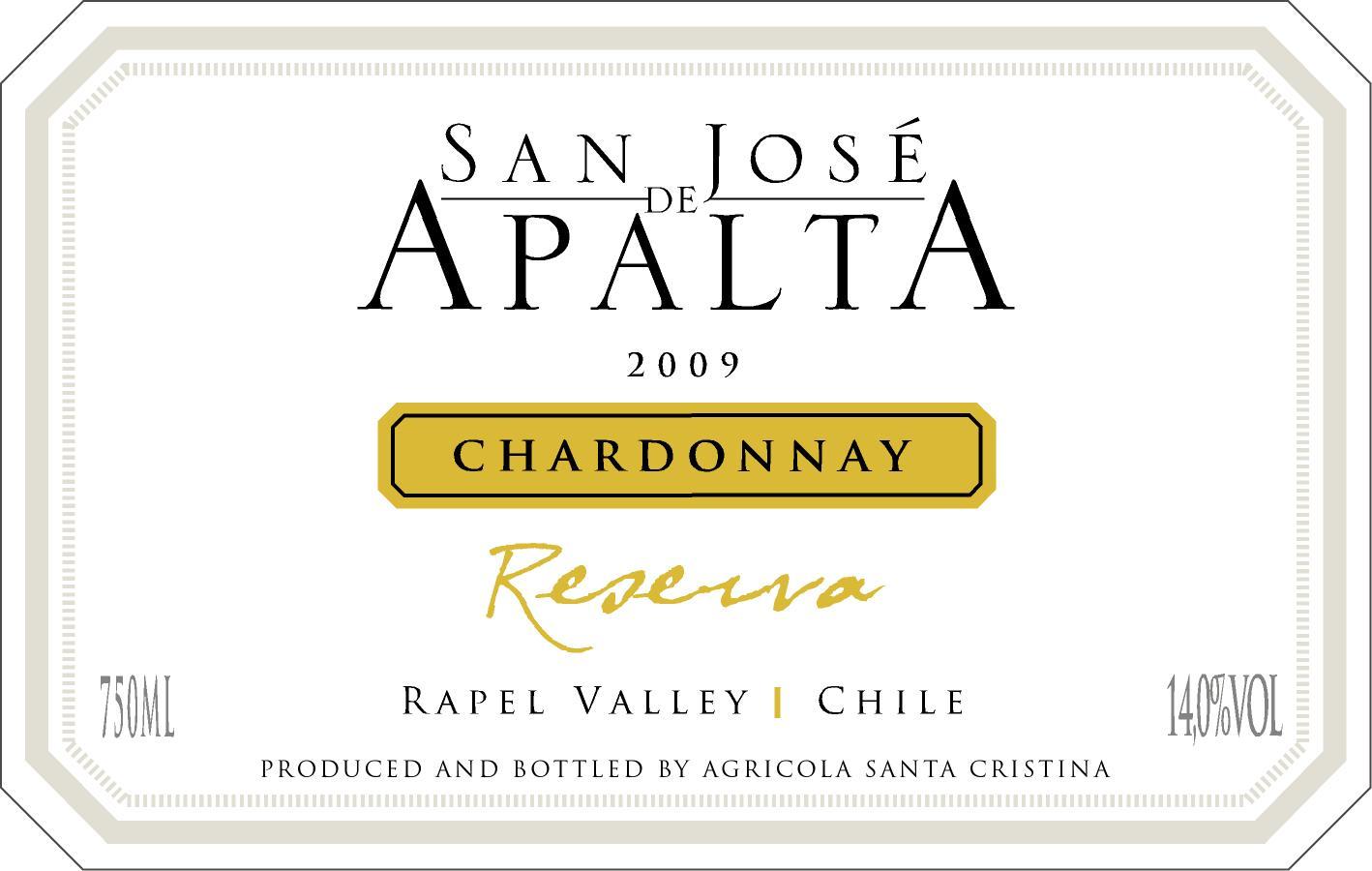Terroir of Rapel Valley
Rapel Valley's terroir features a hot, dry Mediterranean climate with long, sunny summers and short, cool winters. Limited annual rainfall means vineyards rely on irrigation from Andean snowmelt, managed through drip systems to support grape growth and canopy balance.
The valley's soils vary, with fertile alluvial layers on valley floors and rocky, well-drained hillsides. Marchigüe's sandy loam terraces and the granite-rich soils of the Andean foothills enhance wine complexity, especially in fuller-bodied reds like Cabernet Sauvignon and Carménère.
Coastal fog and winds bring cooling effects, helping varieties like Pinot Noir and Chardonnay by extending ripening and preserving acidity. This blend of climate and soil supports a wide range of wine styles, from robust reds to vibrant whites.
Notable Wineries in Rapel Valley
The Rapel Valley in Chile's Central Valley is renowned for its distinguished wineries, each contributing to the region's reputation for producing exceptional wines:
-
Luis Felipe Edwards (LFE): A leading family-run winery in Colchagua, known for rich Carmenère and Cabernet wines, as well as select whites and sparkling varieties.
-
Viña Montes: Located in Apalta, celebrated for top-notch reds like Carmenère-based Purple Angel, playing a pivotal role in putting Apalta on the wine map.
-
Casa Lapostolle / Clos Apalta: Founded in the late '90s in Apalta, offers tours and hospitality, with Clos Apalta being one of Chile’s most praised Bordeaux-style blends.
-
Viña Casa Silva: A historic winery in Colchagua known for elegant reds and cool-climate whites, actively developing coastal vineyards.
-
Viña Emiliana: A leader in organic and biodynamic winemaking in Rapel, producing well-known labels like Coyam and Adobe.
Sustainable Winemaking in Rapel Valley
In the Rapel Valley of Chile, sustainability is at the forefront of winemaking, with a focus on conserving resources and protecting the land. Many vineyards employ smart water management techniques, such as drip irrigation and soil-moisture sensors, to optimize water use in this dry region. Cover crops, like grasses and legumes, are planted between vine rows to enhance soil health, reduce erosion, and retain moisture.
Winemakers also utilize integrated pest management, relying on beneficial insects and disease-resistant plants to minimize chemical use. Energy efficiency and waste reduction are priorities, with solar panels and recycling programs widely adopted. Many estates pursue certifications like ISO 14001 to validate their commitment to sustainability, contributing to a broader industry goal of reducing emissions and building resilience against climate challenges. These practices ensure Rapel Valley remains a significant and environmentally responsible wine-producing region.
Wine Tourism in Rapel Valley
Wine tourism in the Rapel Valley offers a rich blend of activities that highlight the region's winemaking heritage and natural beauty.
Visitors can explore the renowned wine routes of Cachapoal and Colchagua, enjoying cellar tours and tastings directly from the barrel.
The Tren del Vino provides a unique opportunity to travel through vineyards on a historic train, with onboard tastings that celebrate local traditions.
Outdoor enthusiasts can engage in cycling, mountain biking, or guided horseback tours, with options for hot-air balloon flights offering stunning views.
The valley's festivals, such as the Fiesta de la Vendimia, feature live music, parades, and grape-stomping events.
Visitors can stay in boutique vineyard inns or countryside hotels, with many estates offering on-site dining experiences that pair local foods with their wines.
Cultural attractions like the Museo de Colchagua and local craft markets complement this diverse and immersive wine tourism experience.
